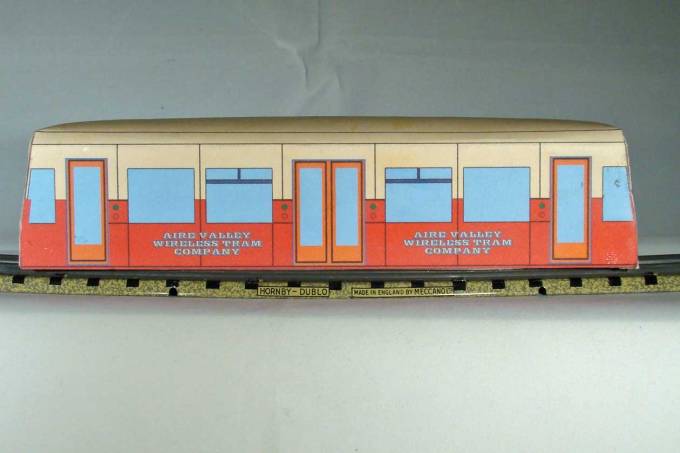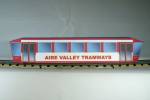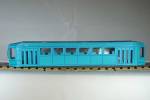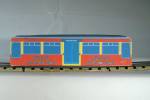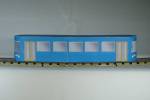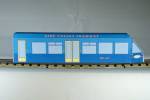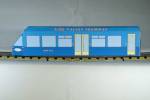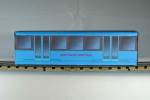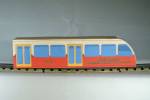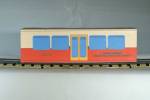Trams from card. Extended to include Urban Rail as well.
Modelling using card is used extensively on model railways. Less so today for rolling stock. Trams and urban rail lend themselves to card modelling. A large variety of shapes and colours means that many varieties can be quickly produced.
With there being so many varieties to choose from it makes it easier going ‘freelance’. In other words the card models I make of trams and urban rail are my own design. Of course with a nod to tramways and urban railways past and present.
Mixing the past and the present means that updated rolling stock can be created for the long defucnt Dearn and Distric Tramway or the Liverpool Overhead Electric Railway. Extending Urban rail to include short run diesel rail cars then some interesting models based on early Irish diesel railcars make for interesting subjects.
Of course stretching beyond the urban to the main such prototypes as the LMS railcar can be included as well.
Three Rail Running
Electric railways uing a third rail generally have the rail to one side. An overhead wire achieves the same objective but is not usually called a rail. Trams utilised overhead wires more than trains, especially on the urban scene. Wireless trams existed but they were a minority. Interestingly current technological advances means the concept is having a revival.
Now when it comes to model railways the three rail standard was in the centre between the running rails. In the early days of electic railways some placed the power rail in the centre, but all were eventually moved to the side.
For model railways the non realistic centre rail meant that two rail systems were developed and became the norm. Interestingly 3 rail systems have a number of technical advantages over the two rail systems, especially where points and reversed loops are concerned. However, the idea has become established that a model railway must look like the real thing. Of course it never does, but this does not stop people trying.
As I see it a model railway is an operating sytem rather than a reproduction. So the railway should be run as efficiently as possible. This means three rail systems. Computerised DCC achieves a lot of realism, although there are still problems with the reverse loop. It is also more complex and expensive. Model railways for me are an exercise in recycling and simplicity. hence my use of second hand track and rolling stock. Then for three rail converting the power units from two to three rail running. Finally instead of relying on over the counter reproductions of the real thing i have decided to do my own thing. To design my own bodies for existing chassis. Card is the main material chosen, for as yet I have not yet gone down the 3D printer route. My 3D CAD expertise is rather rusty so I have gon down the CNC card cutting route.
While I might reject, for the time being, computers helping to run my model trains I am happy to use CAD and CNC to construct my rolling stock and trackside buildings.
So the end of my first ‘blog’ on my model railway ambitiions.
